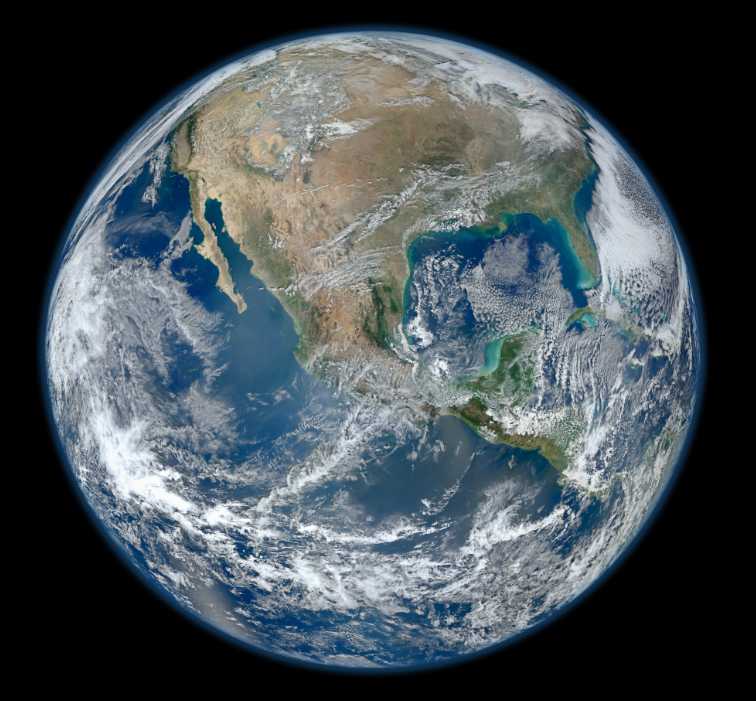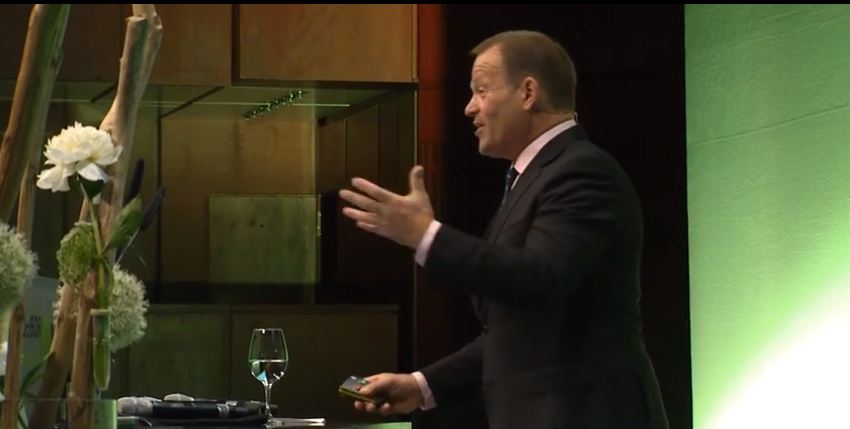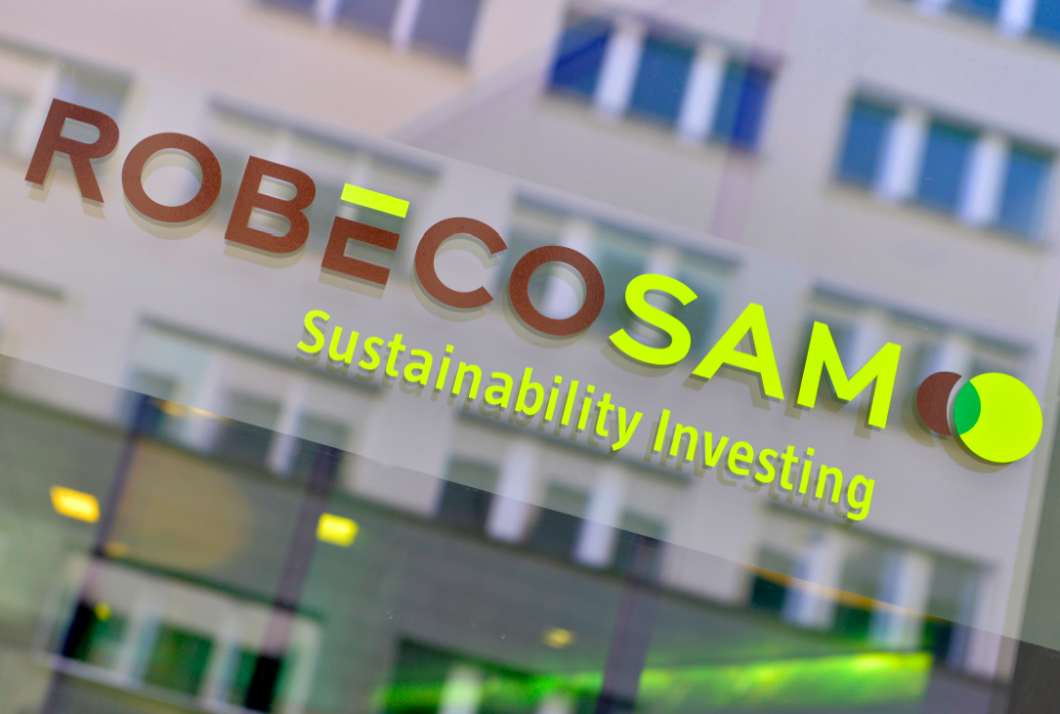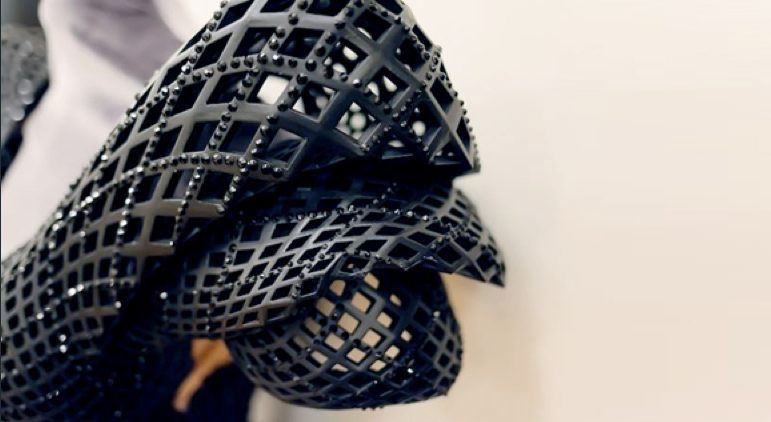Action: The textile industry uses huge quantities of clean, drinking-quality water to dye and finish fabrics. Dyeing and finishing are wet processes, which means they use water to transfer dyes and other chemicals evenly onto fabric. To achieve consistent, even application, the water must be pure and clean. When the process is complete, the water contains residual chemicals and colorants that do not stay on the fabric. Unfit for reuse, this wastewater is discharged after some level of treatment, into waterways and public water systems.
As a result, there is a great deal of dirty water behind all the exciting new fashions and colors, and a growing number of consumers are becoming aware of it.
Reaction: Although it is almost impossible for shoppers today to know whether or not the clothes they buy come from polluting factories, their awareness of the issue is prompting outdoor clothing companies, fashion brands, retailers, fabric manufacturers, textile dyehouses and chemical suppliers to work together towards change. Patagonia is a perfect example of a great brand that has decided to be totally transparent. Its founder, Yvon Chouinard, states “you shouldn’t be worried of telling everybody about the bad things you are doing, as long as long as you say, that we’re working on these things”. A couple of years ago, Patagonia created “The Footprint Chronicles”, where they stated in their website the story of the products they were selling. They told the consumer how their products were made and, when you looked at it from an environmental point of view, it was not good news. As a matter of fact, the outlook, for one of the most environmental friendly textile brands in the world, was plain bad. Nevertheless, since The Footprint Chronicles saw the light Patagonia has posted record profits. The consumers praise transparency and the fact that Patagonia decided to be honest and to work to solve these environmental issues.
Solution: Patagonia doesn’t make their own fabrics or sew their own products. They design styles, choose or develop materials and contract with factories to produce the things they sell. Realizing this complexity, Patagonia began working with bluesign technologies in 2000. Today, bluesign technologies is their most important partner in minimizing water use and the environmental harm done in Patagonia’s name from textile manufacturing.
Patagonia states that they are “well on our way toward meeting a goal we set in 2011 to be using only bluesign-approved materials by 2015”.


 For Fórmate a Fondo
For Fórmate a Fondo

